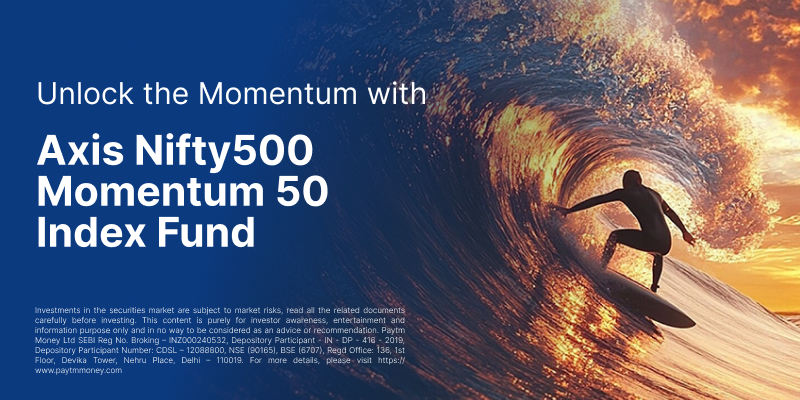How Does Risk Profiling Impact Your Investments?3 min read
Are all Mutual Funds Risky?
Mutual funds have different levels of risk based on the type of fund and the securities in which the fund manager takes exposure. Equity funds have a relatively higher risk than debt funds and balanced funds because these funds invest in stocks.
Debt funds, on the other hand, lie at the bottom of the risk pyramid. These funds have the least risk as compared to equity funds and balanced funds because they seek exposure to fixed income securities.
Before you invest in a particular fund, you need to ensure that the risk profile of the fund is aligned to your risk appetite. It means that you should first know how much of this risk are you prepared to accept.
What is a Risk Profile Assessment?
The risk profile combines your risk-taking ability with your willingness to take monetary risks. It is also known as your risk appetite. It shows your comfort levels when the fund values fluctuate due to market volatility.
That is why you should essentially be aware of your risk appetite before finalising an investment decision. It helps you to stay committed to your investments and avoid any sudden exits when markets fluctuate.
Equity funds are suitable for you if you are an aggressive investor or someone with a high capacity to take risks. On the contrary, if you are a risk-averse person, then you might be better off with investing in debt funds.
Why should you take a Risk Assessment?
Every investor is different and would have a specific set of goals. As a result, his risk profile would be different from that of yours. So just because your peers at work invested in equities, doesn’t necessitate you to do the same.
In simple words, a 25-year-old with regular income & no dependents would have a relatively higher risk appetite than a person of the same age who has seasonal income and dependent parents. You may consider the former individual as an aggressive investor who can afford to invest in equity-oriented funds for the long term.
As opposed to this, you may classify the latter individual as a relatively conservative investor. He/she may invest in a debt-oriented fund if the goal is to protect capital and the investment horizon is less than 5 years.
How does Paytm Money help to identify Risk Profile?
On our app, you get to know your risk appetite when you answer to a set of simple questions. The questionnaire contains questions that pertain to your age, income, financial goals and investment horizon.
To know your risk profiling, tap on the top left corner tab and then tap on ‘Risk Profile’ to take a free risk assessment.
Some of the questions are as follows:
- How many dependents do you have?
- What is the range of your annual income?
- What is your age?
- What is the goal of investing?
- How long do you plan to stay invested?
Once you are done with the assessment, we find out the total risk score that will put you in one of the following investor profiles:
Low Risk Investor: Your priority is to protect your capital while looking for returns higher than inflation.
Conservative Investor: While you would like to preserve your capital, you are okay with low fluctuation to achieve returns higher than fixed deposit
Moderate Investor: You prefer a consistent growth pattern with some fluctuations in expected returns.
Growth Investor: You are willing to take a moderately high risk with your money to achieve potentially high returns.
Aggressive Investor: You want to achieve long term growth and are comfortable with loss in the short term.
To know the right allocation that matches your unique risk profiling, you can explore our Investment Packs on Paytm Money to ensure that you invest in the right mutual funds. These Packs invest your money in the basket of funds that are recommended by our in-house advisory team, based on your risk profiling.




